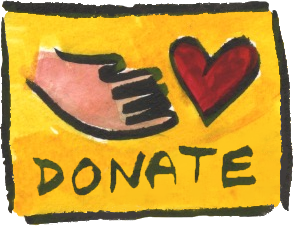Getting Free with a Bell Hand (Patrons)
Mostly in a "three-quarters prone" position (halfway between side-lying and front-lying). Learn to use a gently pulsing "bell hand" to calm and regulate your nervous system, and to help you organize larger, more demanding movements with greater freedom and skill.
We offer over 50 free lessons, but this one's just for our Patron-level donors. You can learn about it in the free lesson notes and comments below, but to access the audio you’ll need to join The FP as a Patron. Learn more
Donor Tip: Skip this login next time! See Why & How to Stay Logged In (and why it's safe)
Got a question for Nick, or a thought about this lesson?
Use the comments section below! Public comments build our community and help search engines find us.




Phew what a profound level of relaxation this brings, making the puzzle of lifting that heavy lower limb quite a revelation!